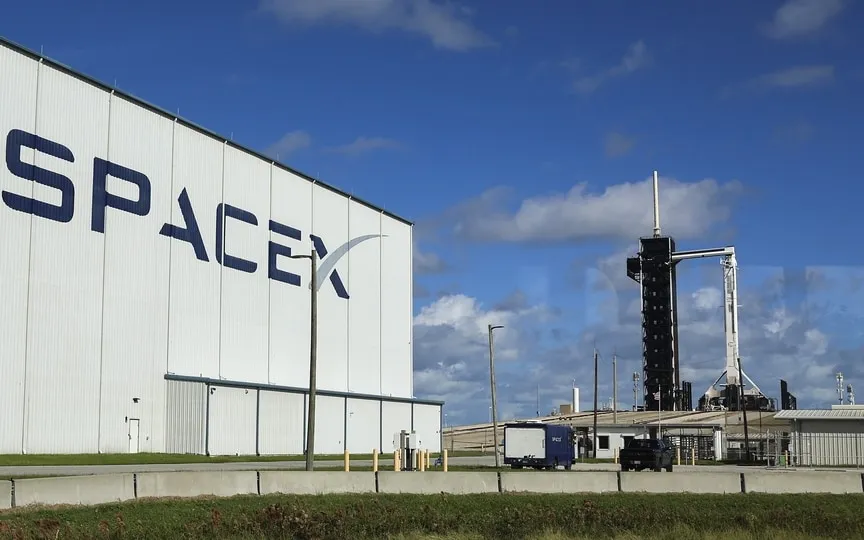Intelsat Makes Move to Compete with SpaceX in Lower Orbits
Intelsat SA, the largest operator of geostationary satellites globally, is placing multiple investments in companies that prioritize handheld devices and lower orbits. This move comes as established players in the industry strive to catch up with emerging competitors such as Elon Musk’s Space Exploration Technologies Corp.
“We’re starting to make strategic bets,” Intelsat CEO David Wajsgras said in an interview. “Bet on companies that bring new technologies to the industry: Think directly to the mobile phone, think about expanding the spectrum, think about new features at the gateway level, at the terminal level.”
According to Wajsgras, Intelsat has taken stakes worth between $5 million and $25 million in four companies that focus on satellites in low Earth orbit — below 1,200 miles of altitude — to provide new services. That compares to its geostationary fleet, which is fixed over one degree of longitude at about 22,000 miles.
The lower orbit provides faster connection speeds, enabling direct connection to smartphones from space. Intelsat is trying to gain a foothold in a technology that has gained traction in recent years, thanks in part to advances in chips. Apple Inc. began offering emergency text messages via satellite on the iPhone 14 last year.
Two of the closely held companies that Intelsat has invested in specialize in direct-to-mobile technology, according to Wajsgras, who declined to be identified. Intelsat will take positions and help guide companies’ technology to work with their own systems, he said before the start of the World Satellite Business Week conference in Paris on Monday.
SpaceX has sent thousands of Starlink satellites into low Earth orbit with its own rockets and caused other satellite companies to gather. California-based Viasat Inc. bought London’s Inmarsat this year, and France’s Eutelsat SA is merging with British Low-Maarbit startup OneWeb.
Intelsat launched the world’s first commercial satellite in 1965 and currently has more than 50 satellites in orbit. In June, it suspended merger talks with Luxembourg rival SES SA to create a $10 billion business amid a wave of consolidation.
Its new targets come after Intelsat emerged from bankruptcy last year and restructured its debt to reduce it from $16 billion to $7 billion. It plans to cut debt further by using half of an expected $3.7 billion windfall from the US Federal Communications Commission following the sale of spectrum used for 5G mobile services.
According to Wajsgras, some of the remaining funds will be used to make venture capital-style bets as the company looks for deals.
“There are companies that Intelsat could partner with, and I don’t think anything is impossible,” said Wajsgras. “But most importantly, there are currently no ongoing discussions along these lines.”




